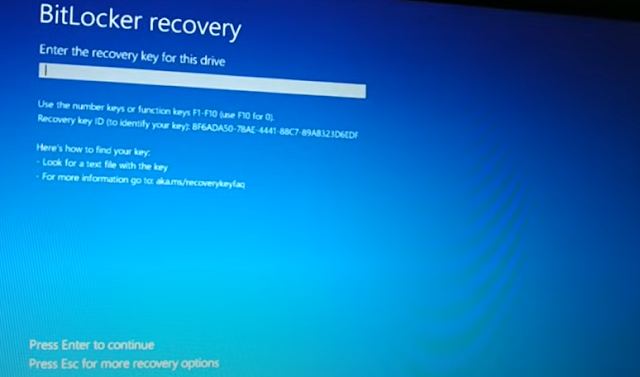Forgot bit locker pin, forgot bit locker recovery key, 5 Easy ways to fix


In CMD (Command Prompt), the auditpol command is used to display or modify audit policies on a Windows system. Audit policies determine which events are logged in the Windows Security log when specific activities occur on the system. The syntax for the auditpol command is as follows:
auditpol /set /subcategory:<subcategory> [/success:<enable|disable>] [/failure:<enable|disable>] [/system:<enable|disable>]
Where:
For example, to view the current audit policy, the following command could be used: auditpol /get /category:*
Note that administrative privileges are required to run the Auditpol command. This command is available on Windows Server 2008 R2, Windows Server 2012 R2, Windows Server 2016, Windows Server 2019, Windows 7, Windows 8, Windows 8.1, and Windows 10 operating systems.